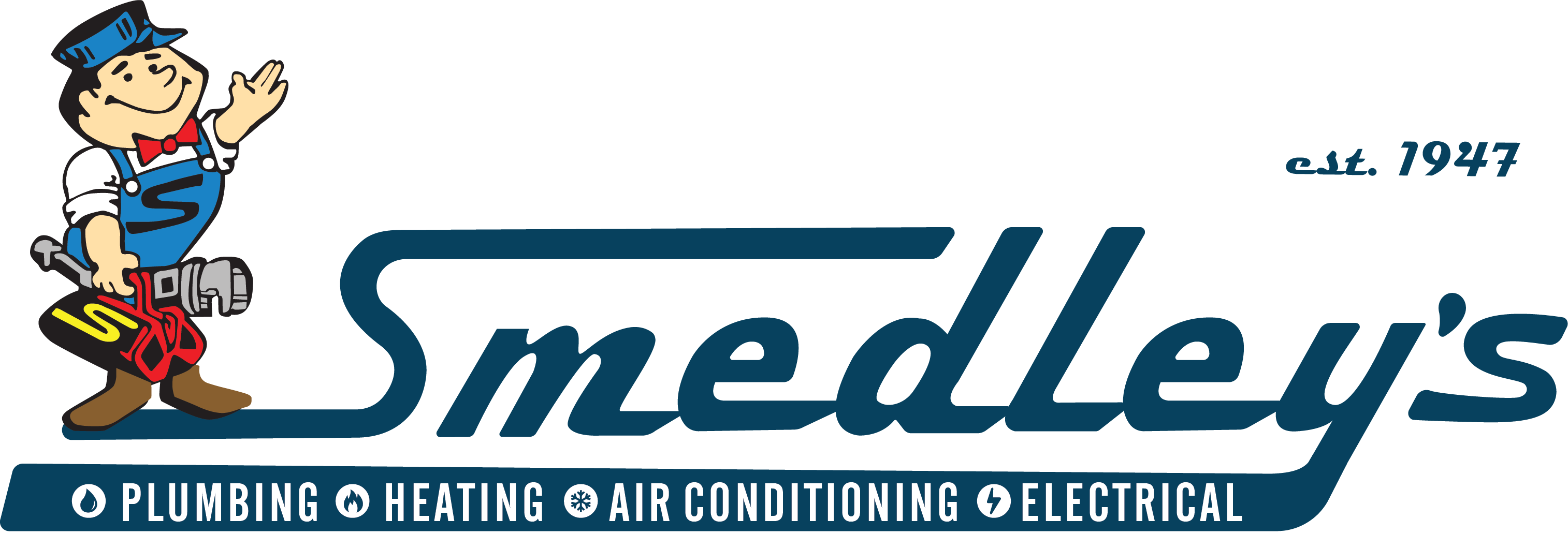Proper home ventilation carries many benefits, including the reduction of odors and allergens, and it may also help home occupants who suffer from certain respiratory problems. Unfortunately, many homes are not properly ventilated, even those that use central heating and air conditioning systems; furnaces and air conditioners merely circulate existing air and don’t effectively exchange stale, interior air with fresher outside air.
One of the most effective means of increasing ventilation in a home is through the use of whole-house ventilation. Whole house systems can be used in addition to existing heating and air conditioning systems and come in several types. Below is more information about the three most common types of whole-house ventilation systems.
Exhaust Ventilation System
The first major type of whole-house ventilation is exhaust ventilation. An exhaust ventilation system functions by forcing interior air to exit the home. Exhaust ventilation systems use a centralized exhaust fan, often situated in the attic, that gathers interior air from the home and moves it outside through a vent stack on the roof.
Since exhaust ventilation systems rely upon pulling air out of the home, exhaust ventilation creates what is known as negative pressure inside a home. That means air pressure will be higher outside the home than inside its interior.
Exterior air enters the home passively through the numerous gaps and openings, including microscopic spaces in the walls, floors, and ceilings, but the inflow of air always lags behind the outflow. In some cases, small auxiliary vents may be added to help improve airflow, especially if a home is tightly sealed.
Exhaust ventilation systems work exceptionally well in dry climates that possess good air quality. This makes exhaust ventilation a great option for desert areas or similar climate types.
Supply Ventilation System
A second major whole-house ventilation system type is supply ventilation. Supply ventilation systems use a fan or network of fans to push exterior air into the home. That forces the interior air of a home to exit through the aforementioned gaps and spaces that separate the inside of a home from its exterior.
Since a supply ventilation system is always pushing air into a home, the air pressure inside an equipped home is higher than that of its immediate exterior. Positive air pressure eliminates some of the problems associated with an exhaust ventilation system, such as the suction of contaminants into the home. As with exhaust ventilation, supply ventilation systems may be augmented with auxiliary vents to improve airflow.
Supply ventilation systems are a preferred option for humid climates and work well in areas where the air quality may be compromised.
Balanced Ventilation System
The third major type of ventilation system, balanced ventilation, incorporate elements from both exhaust and supply ventilation systems. Balanced ventilation systems often use both exhaust and supply fans that operate in a coordinated manner. This provides an even flow of air throughout the home and keeps air pressure inside the home roughly equal to exterior air pressure.
Balanced ventilation systems are more expensive than either exhaust and supply systems, but their benefits may be worth the extra expense. With balanced pressure inside the home, there is little risk for drawing contaminants into the home, for example. Balanced ventilation systems work well in all climate types and are a superior option for whole-house ventilation.
If you have questions about installing a whole-house ventilation system, then you will need to contact a qualified heating and air conditioning installation professional for assistance. They can provide you with guidance regarding what options might best suit your particular circumstances and can help with the installation, too.




